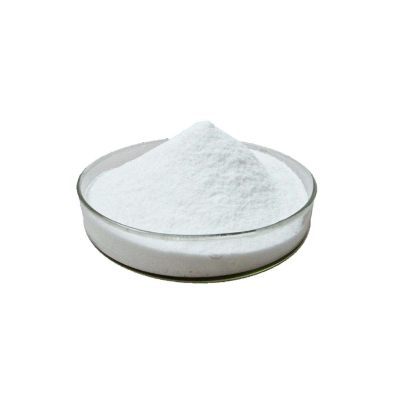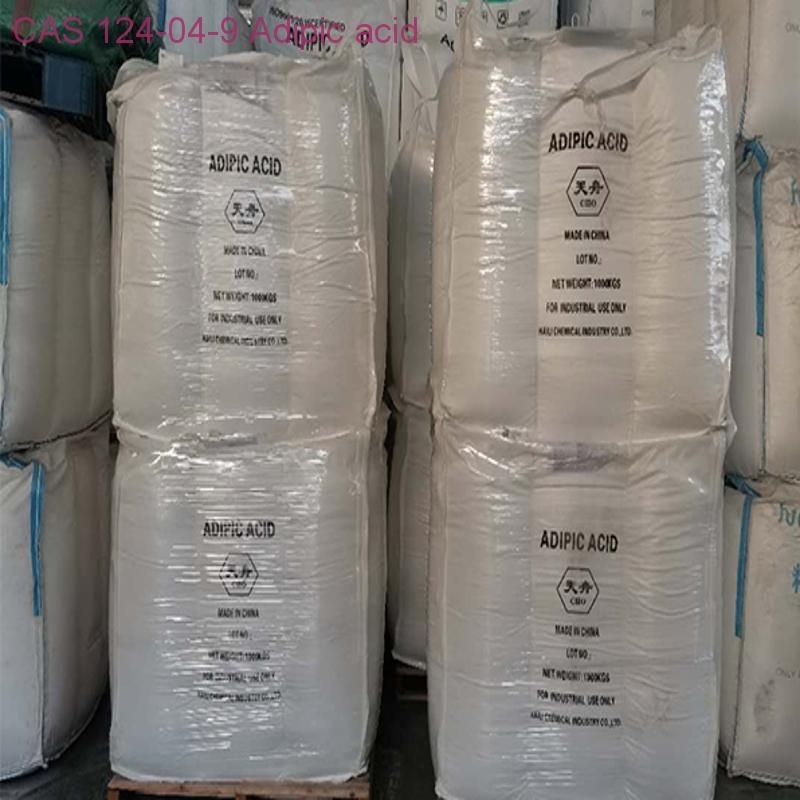-
Categories
-
Pharmaceutical Intermediates
-
Active Pharmaceutical Ingredients
-
Food Additives
- Industrial Coatings
- Agrochemicals
- Dyes and Pigments
- Surfactant
- Flavors and Fragrances
- Chemical Reagents
- Catalyst and Auxiliary
- Natural Products
- Inorganic Chemistry
-
Organic Chemistry
-
Biochemical Engineering
- Analytical Chemistry
-
Cosmetic Ingredient
- Water Treatment Chemical
-
Pharmaceutical Intermediates
Promotion
ECHEMI Mall
Wholesale
Weekly Price
Exhibition
News
-
Trade Service
Thiamine hydrochloride, also known as vitamin B1, is a essential nutrient that plays a crucial role in the body's metabolism.
It is widely used in the chemical industry in the production of various products, including pharmaceuticals, food supplements, and cosmetics.
However, the use of thiamine hydrochloride in the chemical industry also raises concerns about its safety.
In this article, we will explore the safety of thiamine hydrochloride in the chemical industry.
Firstly, it is important to understand the properties of thiamine hydrochloride that make it a useful component in the chemical industry.
Thiamine hydrochloride is a white crystalline powder that is soluble in water and has a slightly unpleasant odor.
It has a high melting point and good thermal stability, making it suitable for use in high-temperature applications.
Thiamine hydrochloride is also an efficient catalyst in the production of certain chemicals and is used as a preservative in food products and as a dietary supplement in some countries.
Despite its usefulness, thiamine hydrochloride is also known to have some adverse effects when used in high doses or for extended periods of time.
Some of the side effects of thiamine hydrochloride include nausea, vomiting, stomach pain, and allergic reactions.
Prolonged use of thiamine hydrochloride can also lead to the formation of kidney stones, and high doses can cause damage to the nervous system.
The chemical industry is well aware of the potential risks associated with thiamine hydrochloride and takes steps to minimize these risks.
Manufacturers of thiamine hydrochloride follow rigorous safety protocols and guidelines to ensure that the product is safe for use in their chemical processes.
They also provide adequate training to their employees on the safe handling and use of thiamine hydrochloride.
One of the primary safety measures taken by the chemical industry is to limit the exposure of workers to thiamine hydrochloride.
This is done by providing personal protective equipment, such as gloves and face masks, to workers who handle the product.
The industry also monitors the air quality in the workplace to ensure that workers are not inhaling harmful levels of the chemical.
Another safety measure taken by the chemical industry is the proper disposal of waste materials that contain thiamine hydrochloride.
This is done to prevent the release of the chemical into the environment and to minimize the risk of exposure to wildlife and other living organisms.
In addition to the safety measures taken by the chemical industry, there are also regulatory agencies that oversee the use of thiamine hydrochloride in the production of chemicals.
These agencies set guidelines and standards for the safe use of the chemical and conduct regular inspections to ensure compliance with these standards.
Despite these safety measures, it is still important for workers in the chemical industry and consumers of products containing thiamine hydrochloride to be aware of the potential risks associated with the chemical.
Workers should follow safety protocols and guidelines and report any adverse effects to their supervisors.
Consumers should also be aware of the potential side effects of thiamine hydrochloride and consult with their healthcare provider if they have any concerns.
In conclusion, thiamine hydrochloride is an essential nutrient that is widely used in the chemical industry.
While it has many benefits, it also poses some risks that must be carefully managed to ensure the safety of workers and consumers.
The chemical industry takes numerous safety measures to minimize these risks, including providing personal protective equipment, monitoring air quality, and disposing of waste materials properly.
Additionally, regulatory agencies oversee the use of thiamine hydrochloride to ensure compliance with safety standards.
It is important for workers and consumers to be aware of the potential risks associated with th







